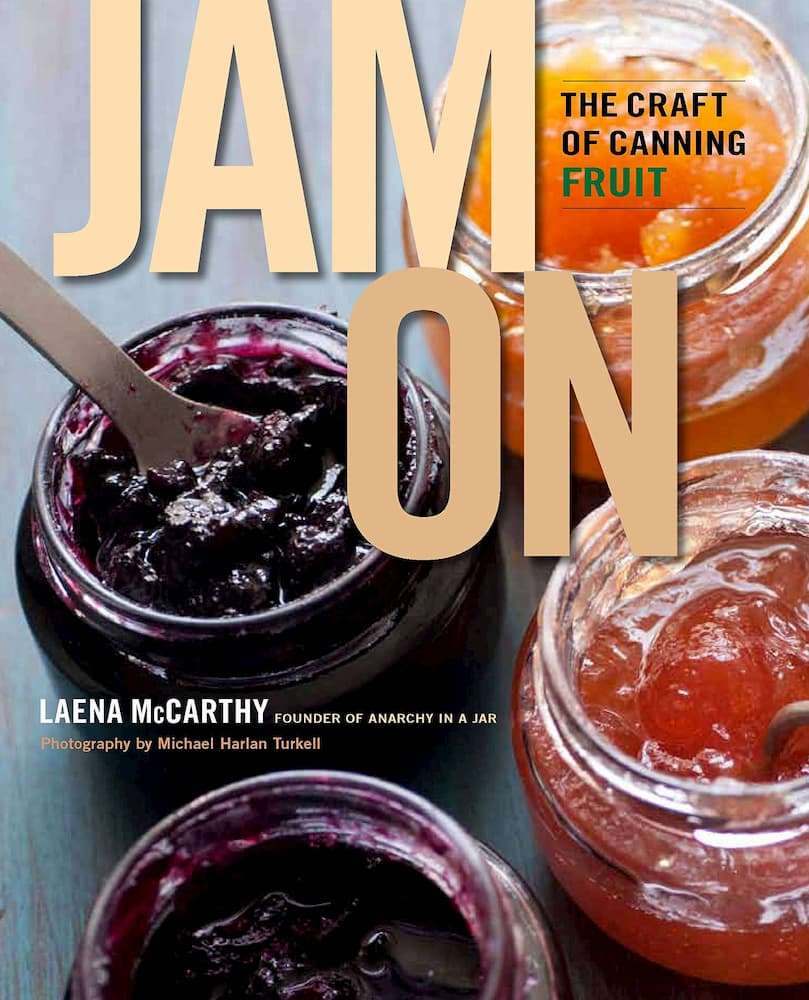
When I read a book I have the habit of highlighting certain passages I find interesting or useful. After I finish the book I’ll type up those passages and put them into a note on my phone. I’ll keep them to comb through every so often so that I remember what that certain book was about. That’s what these are. So if I ever end up lending you a book, these are the sections that I’ve highlighted in that book. Enjoy!
Jam
Mashed fruit pulp cooked with a sweetener to a smooth, congealed consistency.
Jelly
The strained juice of fruit cooked to a translucent and congealed consistency.
Preserves
Whole perfect fruits
Marmalade
A translucent gel with a golden glow with pieces of the fruit as well as the rind are present.
Chutney
Sweet, savory, and spicy prepared a million different ways, usually with fruits, veggies, vinegar, or spices.Use low-methoxyl pectin, sold in the United States as Pomona’s Universal Pectin. It’s made of 100 percent citrus that has been processed into a fine powder. When this type of pectin is used with a small amount of calcium phosphate as an activator, the jam sets in a smooth and consistent gel without the need for sugar.
The best brands for canning are Ball and Kerr, who make mason jars with two-piece lids that are designed for home canning
Strive for velvety and smooth, with just enough gel so that the jam is spreadable but loose enough so that it slides and melts along the tongue.
It’s important to keep the jars hot so they don’t shatter when you fill them with hot jam.
Test the gel by pushing your index finger against the jam: If the jam wrinkles up, as if it’s forming a skin, then it’s ready. If it seems loose and too syrupy, mix in a little more pectin (start with 1/2 teaspoon) with at least 1/4 cup sugar and bring the jam top a boil again for 1 minute.
If you let the jam rest for two minutes after turning off the heat, it will start to gel just a little. One final stir will help the jam be more consistent in texture and will prevent your fruit from floating to the top if there’s a lot of juice.
Fill your jars to within a 1/4 inch of the top for jam, jelly, marmalade, and preserves and to to within a 1/2 inch for chutney, pickles, syrups, and shrubs.
“Conserve” is often used interchangeably with “Preserve”. Conserve should really only be used when nuts or dried fruits are added.
Preserves often have to steep in the fridge before you cook them to allow the sugar to penetrate the fruit, releasing the juices and heightening the flavor
Sugar gives jam its characteristic mouthfeel and acts as a preservative. However, alternative sweeteners, such as honey or maple syrup, can be used as a flavor instead
@joekotlan on X